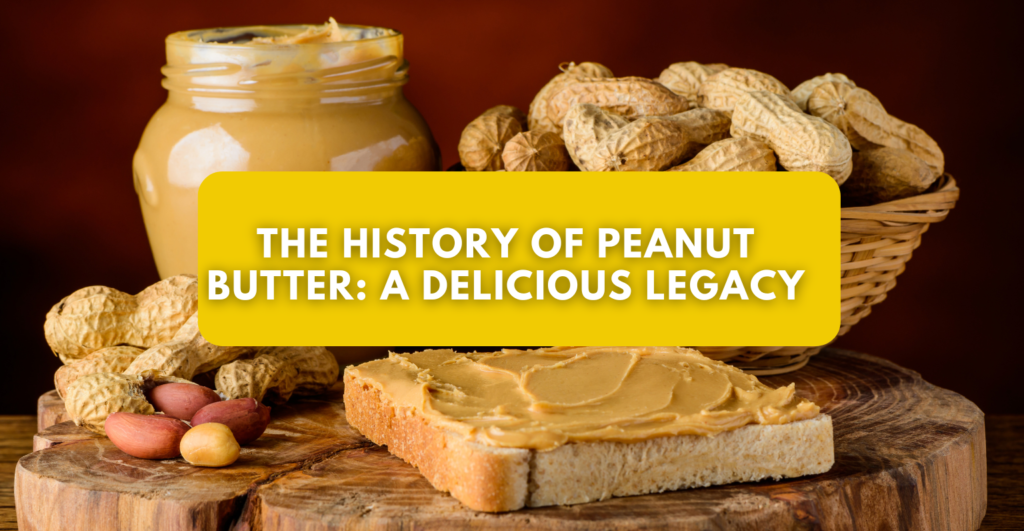Peanut butter is a cherished staple in kitchens globally, celebrated for its creamy texture and rich flavor. This nutritious spread boasts a fascinating history that spans centuries, evolving from a basic food source to a next-level culinary ingredient. Let’s delve into the delightful legacy of peanut butter and discover how it transformed into the healthy, beloved spread we know today.
Origins of Peanut Butter
The story of peanut butter begins in South America, where peanuts were cultivated as early as 3,500 years ago. Ancient civilizations like the Incas and Aztecs ground peanuts into a paste for use in various dishes which added Nutritional Benefits. However, it wasn’t until the late 19th century that peanut butter as we know it today began to take form.
In the 1880s, Canadian chemist Marcellus Gilmore Edson patented a process for making this Plant-Based Protein, which served as a precursor to modern peanut butter. His creation was designed as a nutritious food option for those who had difficulty chewing solid food, marking the early recognition of peanut butter as a healthy choice.
The Rise of Peanut Butter
In the United States, peanut butter’s popularity surged in the early 20th century. During this period, the process of roasting and grinding peanuts was perfected, resulting in a smoother, creamier product making it a Healthy Snack. In 1901, Dr. Ambrose Straub patented a method for producing peanut butter by grinding roasted peanuts, marking a significant advancement toward the delicious peanut butter we enjoy today.
By the 1920s, peanut butter had become a common feature in schools and lunchtime menus across America. Its affordability and high nutritional value made it a staple during the Great Depression, with many families relying on it as a primary source of protein- a Dietary Fiber. This solidified peanut butter’s place in American culture.
Peanut Butter in the Modern Era
The mid-20th century marked a significant rise in peanut butter’s popularity. Brands like Skippy and Jif emerged, offering variations that appealed to a broader audience. The addition of sugar and hydrogenated oils resulted in sweeter, creamier versions of this nutritious spread. Despite these changes, health-conscious consumers continued to seek out Organic Peanut Butter.
Today, the peanut butter market has expanded considerably some of them even have started making Homemade Peanut Butter. There is a wide range of products available, from organic and all-natural varieties to gourmet blends infused with flavors like chocolate and sea salt. This evolution reflects the growing demand for next-level peanut butter that caters to various dietary needs and preferences.
Peanut Butter’s Culinary Versatility
Peanut butter has evolved far beyond just being a sandwich spread! It has become a versatile ingredient in a wide array of recipes, from smoothies and desserts to savory dishes like peanut sauce for noodles which is Low-Sugar Peanut Butter. Its creamy texture and rich flavor make Peanut Butter Protein a favorite among health-conscious individuals looking to incorporate nutritious peanut butter into their meals.
Innovative recipes featuring healthy peanut butter continue to emerge, highlighting its adaptability. From peanut butter energy balls to salads topped with peanut dressing, there are countless ways to enjoy this delicious and nutritious staple Peanut Butter Benefits.
Conclusion
The history of peanut butter showcases its lasting appeal and versatility. From ancient origins in South America to its status as a beloved staple in households around the globe, Peanut Butter Recipes and use have truly evolved. Whether you enjoy it smooth or crunchy, as a tasty snack or a cooking ingredient, there’s no denying that peanut butter holds a special place in our hearts and kitchens. Embrace its rich Healthy Peanut Butter’s legacy and explore the many ways to enjoy this nutritious delight every day!

